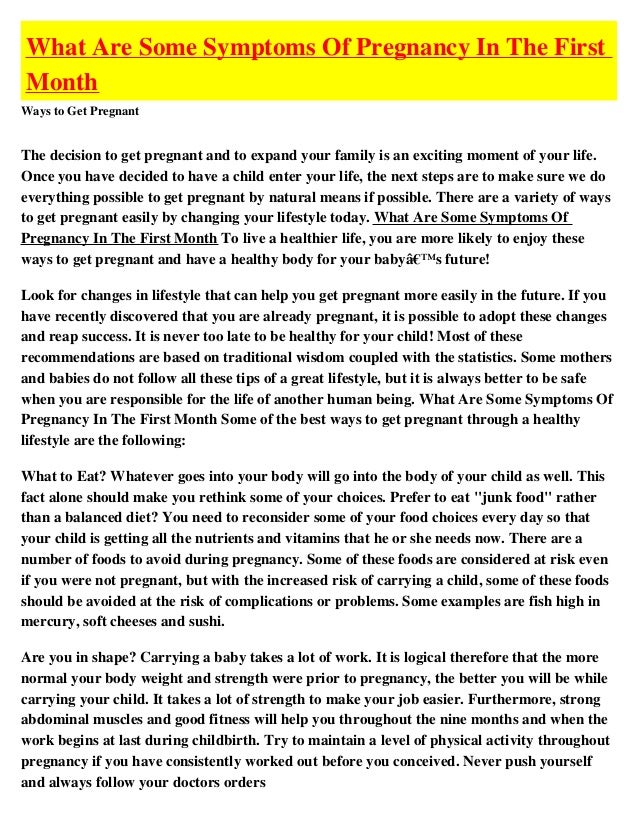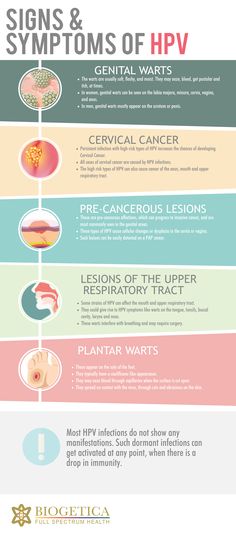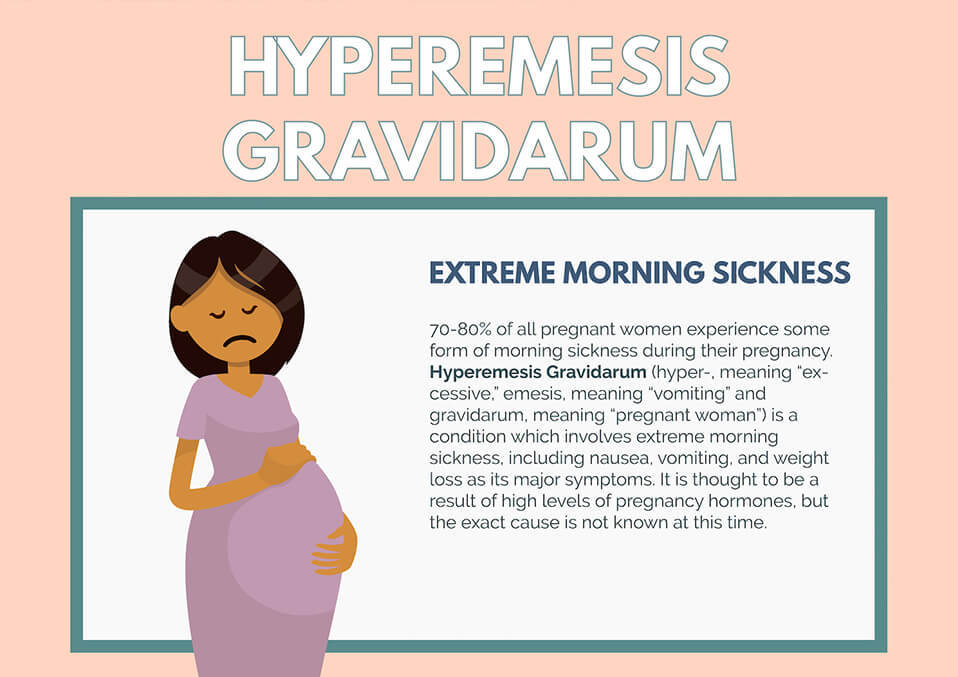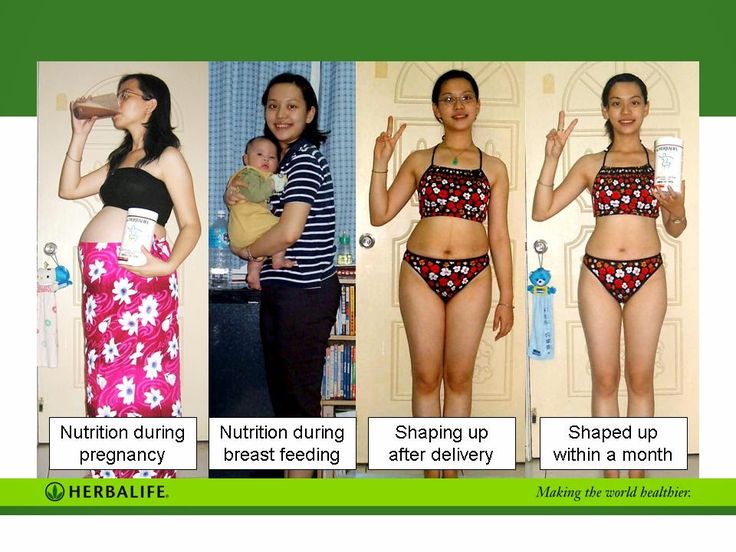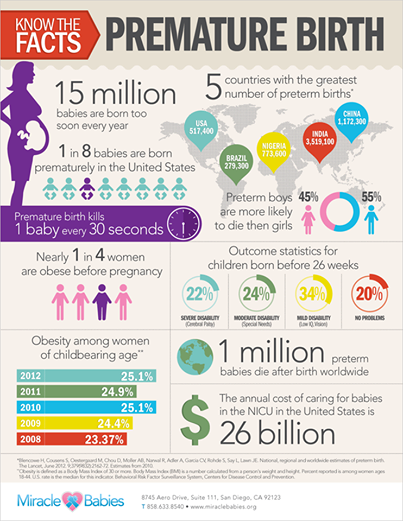Do babies cry with tears
When Do Babies Get Tears? Your Newborn May Cry Without Them
Your newborn has been screaming for the last 45 minutes. (First it was a wet diaper, then the formula was cold, the onesie was scratchy, worldly existence is a confusing and tumultuous experience, you know — the usual stuff.)
But when you look down, you realize their face is 100 percent dry. How is that possible? They should be drowning in a salty sea of their own tears by now!
Get this: Newborn babies don’t cry tears. Well, not at first, anyway. It does happen eventually. But for the first several weeks of your newborn’s life, crying will involve a lot of red-faced wailing and nothing else.
Your little one’s eyes will start making more tears a couple of weeks after birth. Those wet cheeks will typically appear by about 3 months of age or before.
Here’s more about when you can expect real tears to be shed and what you should do if it doesn’t happen by a certain age.
For the first 2 weeks of your baby’s life, their eyes will be pretty dry — including when they’re crying.
First, a little teardrop 101: The lacrimal glands of the eye make tears. The tears then flow over the eye and drain into the tear ducts. (It’s a popular misconception that ducts make tears.)
Although babies do make some tears from birth, they don’t make enough to be seen as tears when crying.
In addition to being tear-free, you may notice that your baby’s eyes are:
- sometimes briefly crossed or divergent
- red or bloodshot (broken blood vessels during birth can cause a subconjunctival hemorrhage)
- indistinct in color
They may also temporarily have swollen eyelids.
Around 2 weeks old, your baby’s lacrimal glands will begin increasing their production of tears, though you still may not notice much change.
Sometime between 1 and 3 months of age is typically when babies actually start shedding more of the salty stuff when they cry, creating visible tears. (Yes, it will be heartbreaking at first. Yes, you’ll get used to it. )
)
It’s uncommon for your newborn to cry tears before their lacrimal glands have fully developed.
But if your newborn is at least 2 weeks old and crying tears, they’ve probably just reached the “crying with real tears” phase of life.
Other causes of newborn eye watering include the following:
Blocked tear duct
If your baby’s eyes are actively tearing up at times when they aren’t crying, their tears could be from a blocked tear duct.
As tear ducts finish forming, there can be (usually harmless!) issues with the membrane responsible for moving tears from the eye into the nose. When tear ducts are blocked, the tears back up and overflow into the eye, making them look constantly teary.
This isn’t usually a cause for concern, and most cases of blocked tear ducts resolve on their own by baby’s first birthday.
Infection
Occasionally, a tear duct gets clogged enough that the corner of your baby’s eye will become infected. This is called dacryocystitis.
It can be serious in an infant and does need to be treated. So if your baby’s eye also has swelling, redness, or pus, you should call your doctor.
Viruses and bacteria
Your newborn could also have a viral illness, like a cold, or even pink eye (conjunctivitis).
This is especially likely if the tears are accompanied by redness or discharge (and especially if you have any other little germ factories — ahem, small children — at home).
Pink eye is uncommon in newborns but can be serious. See your pediatrician right away if your newborn has a red eye with discharge.
This is most likely a blocked tear duct or pink eye. (A cold or viral illness would produce tears in both eyes.)
As far as telling the difference between the two, a blocked tear duct will cause tears but usually no other symptoms, while pink eye comes with all the requisite gooey grossness and redness.
If your baby is a few months old and still isn’t producing any real tears when crying, most often it’s just a delay that’s within the range of normal. But there may be medical reasons for the delay, so see your pediatrician.
But there may be medical reasons for the delay, so see your pediatrician.
If your little one has previously turned on the waterworks but then starts crying without tears again, it could be dehydration. This will typically come with other symptoms, like vomiting, diarrhea, or poor feeding.
Make sure your baby’s getting enough fluids (either from breast milk or formula) every day. Early signs of infant dehydration include:
- a decrease in wet diapers
- lethargy
- irritability
- less tears when crying
Serious eye conditions
You may have read that a lack of tears can be a sign of more serious eye conditions, like cataracts, lazy eye, glaucoma, or retinoblastoma.
In reality, there’s no evidence that dry eye is a sign of these conditions. (In fact, glaucoma can cause excessive watering.)
All of these conditions have other symptoms that would be picked up by your pediatrician at well baby visits.
Familial dysautonomia — a rare genetic disorder — can cause a lack of tears, though it’s not specifically an eye condition.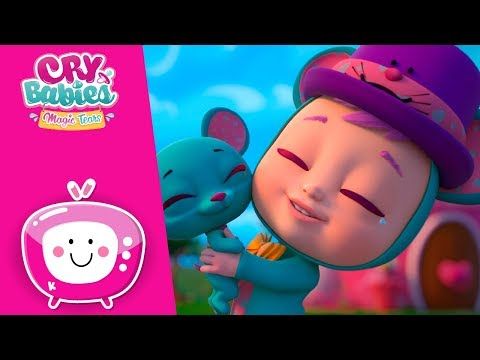 Other symptoms include:
Other symptoms include:
- lack of muscle tone
- trouble regulating body temperature
- frequent infections in the lungs
- feeding difficulty
If your newborn is very young, like under 1 month old, crying without tears is totally normal. But you should contact your doctor for next steps if your baby:
- doesn’t develop tears by 2 or 3 months of age;
- only has tears in one eye and visible signs of infection like redness, pus or discharge, or swelling;
- has any unusual eye characteristics, like discolored pupils or cloudy lenses.
Expect a lot of dry-eyed crying in the first few weeks of your newborn’s life.
As time goes by, their eyes should become moister and eventually begin producing tears during all those 2 a.m. crying jags. (If you’re crying, too, that’s totally fine. No judgment here.)
Reach out to your child’s pediatrician if your baby has excessively watery eyes that you think may be caused by infection or an eye condition, or if they still aren’t producing tears after 3 months old.
Why Babies’ Tears Make Us Cry and Why They Matter
Categories: Breastfeeding Today, Previous Issues
TERESA PITMAN
Originally published May 2014 and republished with the express permission of the author.
Photo: Sweetdreams Photography.
I was once in an airport, waiting for my flight, when I saw a father carrying around his baby. The baby wasn’t crying hard, just fussing and being unhappy, and the dad was patting his back gently as he walked up and down between the seats filled with tired travelers. It made me smile, but I was shocked when an older woman stood up and planted herself in front of the father. In a voice loud enough for all of us to hear, she berated him for “spoiling that baby” and let him know that the infant would be “ruined for life” if he kept on carrying and soothing him.
She couldn’t have been more wrong.
Responding to a crying baby, it turns out, is important for the baby’s development in many ways. For one thing, it reduces the amount of crying as the baby gets older. Silvia Bell and Mary Ainsworth from John Hopkins University found that mothers who responded quickly to crying in the first few months had babies who cried less often and for shorter periods of time at one year, compared with the mothers who delayed responding or sometimes ignored the crying.
For one thing, it reduces the amount of crying as the baby gets older. Silvia Bell and Mary Ainsworth from John Hopkins University found that mothers who responded quickly to crying in the first few months had babies who cried less often and for shorter periods of time at one year, compared with the mothers who delayed responding or sometimes ignored the crying.
And now more recent research is showing that responding to your crying baby protects him or her against future mental health problems and negative reactions to stress. Megan Gunnar and others found that they could measure the levels of the stress hormone cortisol in a baby’s system by offering the baby a soft strip of fabric with a sweet taste to suck. This allowed them to find out whether a particular situation was causing the baby stress, and how much.
In a 2009 presentation, Gunnar explained that the stress hormone system is very reactive in the first three or four months after birth. The baby is easily stressed by many things that seem minor upsets to the rest of us: being away from his or her mother, being bathed, having diapers changed and being hungry.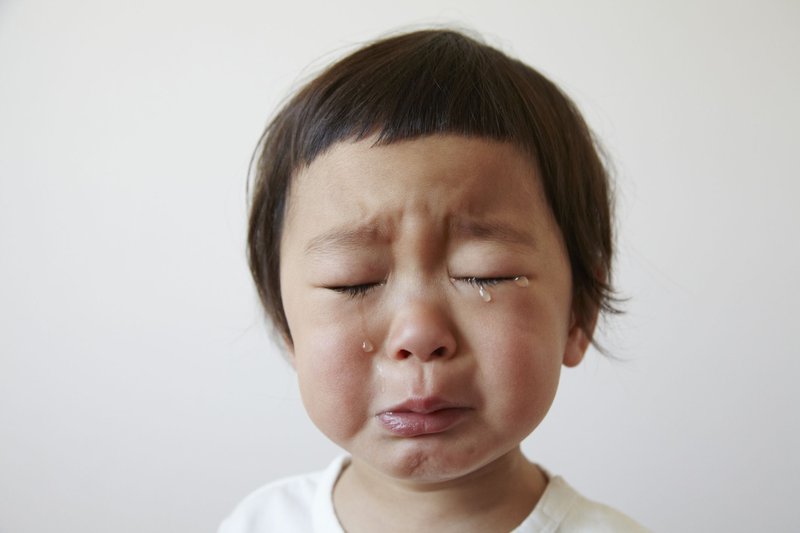 These everyday events can send the baby’s cortisol levels shooting up. But when the baby’s caregiver responds to the baby’s cries and other signals of being upset by comforting and soothing the baby, the levels of cortisol go back down. Gunnar adds that this sensitive, responsive care is needed throughout early childhood to maintain cortisol at healthy levels.
These everyday events can send the baby’s cortisol levels shooting up. But when the baby’s caregiver responds to the baby’s cries and other signals of being upset by comforting and soothing the baby, the levels of cortisol go back down. Gunnar adds that this sensitive, responsive care is needed throughout early childhood to maintain cortisol at healthy levels.
Why does the cortisol level matter? Because consistently elevated cortisol affects the way the baby’s brain develops, the way he responds to stress in the future, his immune system, his risk of obesity and other areas of development. It’s no small thing.
The good news is that you don’t have to be a “perfect” mother to protect your baby from stress. I learned that first-hand. For the first couple of weeks of my eldest son’s life, he was pretty easy-going. He nursed fairly often but slept most of the time in between feedings. I thought I was a brilliant mother.
At two weeks, however, that honeymoon was over. He was often fussy, cried more often than I’d expected, and wanted to breastfeed on and off all evening long. I tried everything I could think of to soothe him, and while sometimes he’d settle down, often I couldn’t figure out what he wanted.
He was often fussy, cried more often than I’d expected, and wanted to breastfeed on and off all evening long. I tried everything I could think of to soothe him, and while sometimes he’d settle down, often I couldn’t figure out what he wanted.
I remember sitting and holding him against my shoulder, his eyes closed tightly and his little face red from the effort of crying, and saying: “I don’t know what to do to help you, but I’m here.” It seemed to be the best I could do. Now that I’ve had four children and six grandchildren, I know the truth of that comment. Sometimes a baby’s crying can be comforted away and sometimes it can’t, but the research says that just being there makes all the difference in the world. Crying in the arms of a loving mother is a very different experience for the baby than crying alone in a crib.
Purpose? Crying is so universal it seems that there should be some purpose to it beyond just driving parents crazy. Apparently there is—and the need to breastfeed is part of that purpose. Dr. Ron Barr, a Canadian physician who has researched colic and infant crying for many years, has looked at babies around the world, not just in North America or Europe, so he’s able to talk about the aspects of crying that cross cultural lines. He finds a consistent pattern everywhere in the world: babies don’t cry too much in the first week or two, then they steadily increase the amount of crying over the next few weeks. It peaks at around two months, and then gradually decreases.
Apparently there is—and the need to breastfeed is part of that purpose. Dr. Ron Barr, a Canadian physician who has researched colic and infant crying for many years, has looked at babies around the world, not just in North America or Europe, so he’s able to talk about the aspects of crying that cross cultural lines. He finds a consistent pattern everywhere in the world: babies don’t cry too much in the first week or two, then they steadily increase the amount of crying over the next few weeks. It peaks at around two months, and then gradually decreases.
Barr has also found that in all societies there are babies who cry more—sometimes much more—than average. We’d call them “colicky.” There’s nothing medically wrong with these babies, Barr says. They are just at the extreme end of the “crying continuum.”
Barr’s research, and other research he’s reviewed, came up with several possible benefits of crying.
- In traditional cultures, where breastfeeding is the norm, mothers usually respond to the baby’s crying or fussing by offering the breast.
 Usually the baby will nurse briefly three or four times per hour. As Dr. Barr puts it, in those cultures, the baby controls the feeding process. In ours, parents usually control it. Frequent crying in the early weeks and months helps to make sure the baby gets plenty of milk and also establishes milk production so that there will continue to be abundant milk for many months to come.
Usually the baby will nurse briefly three or four times per hour. As Dr. Barr puts it, in those cultures, the baby controls the feeding process. In ours, parents usually control it. Frequent crying in the early weeks and months helps to make sure the baby gets plenty of milk and also establishes milk production so that there will continue to be abundant milk for many months to come. - Again, in those traditional cultures, the parents pick up the baby when she cries and keep her close to them—and this protects the baby from predators and other dangers. A baby not in her parent’s arms or next to an adult body is at risk, so frequent crying makes sure she’s safe. Our babies aren’t as much at risk from wild animals or exposure to the elements, but they don’t know that. As Dr. Barr notes: “Separation causes crying, and contact often stops it.”
- When mothers respond to the cries by breastfeeding, the baby gets benefits beyond just milk. The frequent feeding at the breast stimulates production of the milk-producing hormone prolactin, suppressing ovulation and making it less likely that the mother will get pregnant again.
 Prolactin is highest during night feedings, and we know that frequency of suckling at the breast seems to be more important in stopping ovulation than the duration of each feeding. In other words, it’s more effective (in terms of suppressing fertility) for the baby to suckle for five short feedings in the evening than for two long ones. Frequent fussing and feeding in the evening mean two good things from a biolog- ical perspective: the current baby won’t have his milk supply diminished by another pregnancy, and the mother is less likely to become anemic due to iron loss through menstruation.
Prolactin is highest during night feedings, and we know that frequency of suckling at the breast seems to be more important in stopping ovulation than the duration of each feeding. In other words, it’s more effective (in terms of suppressing fertility) for the baby to suckle for five short feedings in the evening than for two long ones. Frequent fussing and feeding in the evening mean two good things from a biolog- ical perspective: the current baby won’t have his milk supply diminished by another pregnancy, and the mother is less likely to become anemic due to iron loss through menstruation. - When parents are not frustrated and angry, crying can create caring and nurturing emotions and strengthen the bonds between parents and baby. You know how that newborn cry tugs on your heart. These early weeks are a time for parents and baby to get to know each other, and for the parents to learn what soothes and comforts the baby. Frequent crying gives them lots of opportunities to practice and even feel successful!
If responding to a baby’s cries is so important, you’d think it would be “built-in” to mother’s brain. Actually, it is. Dr. James Swain, a Canadian professor at Yale University, has been studying brain imaging of mothers’ responses to crying. “A baby crying activates the circuits in the mother’s brain that are similar to those that become overactive in people with obsessive-compulsive disorder,” Swain says. “It also affects the parts of the brain that motivate us, help us appraise the environment, and calm us so we don’t get too angry.”
Actually, it is. Dr. James Swain, a Canadian professor at Yale University, has been studying brain imaging of mothers’ responses to crying. “A baby crying activates the circuits in the mother’s brain that are similar to those that become overactive in people with obsessive-compulsive disorder,” Swain says. “It also affects the parts of the brain that motivate us, help us appraise the environment, and calm us so we don’t get too angry.”
This brain activity makes sense when you think about the baby’s needs: when she cries, she wants someone to be motivated to respond, to be a little obsessed with making sure everything is okay, and to stay calm while soothing her.
Breastfeeding affects how your brain responds, as well. In 2011, Swain and his fellow researchers had mothers who were exclusively breastfeeding scanned with MRI machines as they heard their two to four-week-old babies crying. They compared the MRI results to those of exclusively formula-feeding mothers who listened to their babies crying.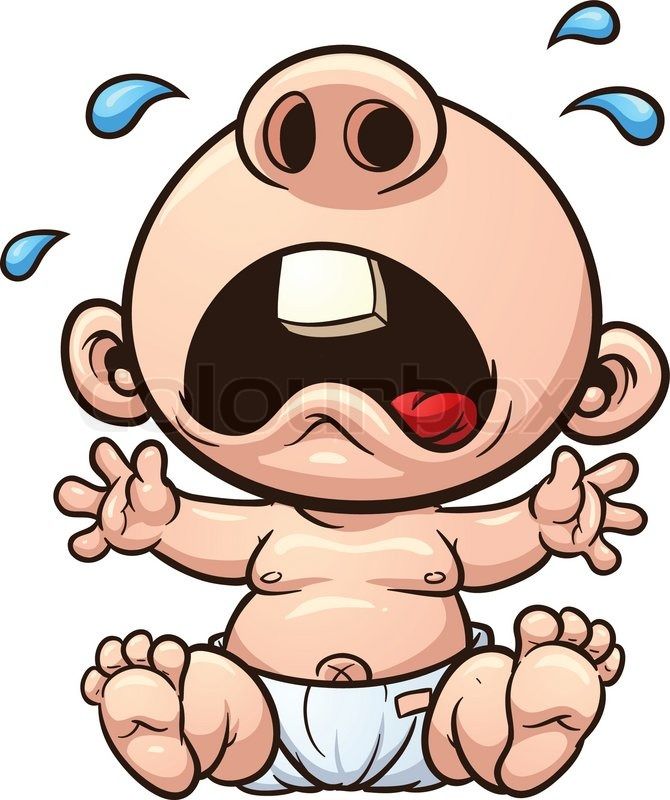 The breastfeeding mothers, on average, had higher activity in the parts of their brains linked to nurturing behaviors and showed greater sensitivity to their babies when seen again at four months postpartum.
The breastfeeding mothers, on average, had higher activity in the parts of their brains linked to nurturing behaviors and showed greater sensitivity to their babies when seen again at four months postpartum.
As part of his original study, Swain also compared mothers who had given birth vaginally and those who had elective cesarean sections. When the first set of scans was done, the babies were all between two and four weeks old, and Swain found that the mothers who had delivered vaginally were significantly more sensitive to the cries of their own babies. While none of the mothers in the study had clinical depression, those who were less sensitive to their babies’ crying also showed more symptoms of depression.
Swain is quick to add: “This doesn’t mean that mothers who have elective cesareans are bad mothers. We repeated the brain scans when the babies were about four months old, and by then the differences were much less. All that time holding and caring for and interacting with the baby compensated for any difference due to the method of birth.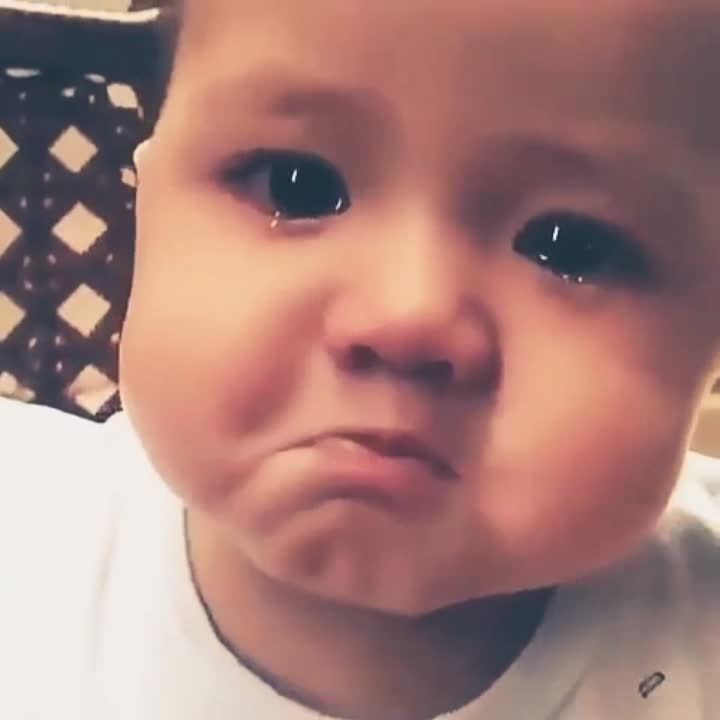 ”
”
Swain’s work is built on past studies of the responses of adult brains to infant crying. Seifritz, a Swiss researcher, found in 2003 that the brains of women with or without children responded more to babies’ laughter and crying than men without children did, but parents of both genders showed stronger reactions to crying. That reinforces Swain’s observations that the experience of caring for their babies changes how parents’ brains respond to crying. If crying is supposed to help parents and babies connect, why is it also linked to abuse? It’s well known that most cases of babies being hit or shaken are related to crying. What makes it such a problem for parents in our society?
For one thing, parents in our society are often warned not to do the things that traditional parents naturally do to soothe their babies when they cry. Research by Barr and others has shown that babies cry only half as much when parents carry them in close contact (skin to skin as much as possible), sleep next to them, feed them very frequently, and respond quickly if they cry or fuss. But most parents in Western societies are told that these soothing actions will “spoil” the baby or that the baby is being “manipulative,” so the baby cries more and more, and the parent gets more and more frustrated.
But most parents in Western societies are told that these soothing actions will “spoil” the baby or that the baby is being “manipulative,” so the baby cries more and more, and the parent gets more and more frustrated.
For another, many parents don’t have someone to lend a hand when the crying starts to wear them down. Your brain may be saying “Respond to that baby” but your body is saying “Sleep, need sleep!” That’s when having a grandmother or partner or postpartum doula or other support person can make all the difference, giving the mother a break while still reassuring the baby that yes, someone is here to hold you and you are safe.
La Leche League has always encouraged mothers to listen to their hearts in responding to their babies, and the newest research is confirming that as the best way to protect your baby from the harmful effects of stress. Okay, the message to “pick up and cuddle your baby” is actually coming from your brain, not your heart—but we feel it in our hearts.
Gerhardt, S. Why Love Matters: How Affection Shapes a Baby’s Brain.
ReferencesBarr, R.G., Elias, M.F. Nursing interval and maternal responsivity: effect on early infant crying. Pediatrics 1988 Apr; 81(4): 529–36.
Barr, R.G., Paterson, J.A., MacMartin L.M. et al. Prolonged and unsoothable crying bouts in infants. J Dev Behav Pediatr 2005 Feb; 26(1):14–23.
Bell, S.M., Ainsworth, M.D. Infant crying and maternal responsiveness. Child Dev. 1972 Dec; 43(4):1171–90.
Gunnar, M.R., Herrera, A., Hostinar, C. Encyclopedia on Early Childhood Development ©2009 Centre of Excellence for Early Childhood Development
Hunziker, U.A., Barr R.G., Increased carrying reduces infant crying: a randomized controlled trial. Pediatrics 1986 May; 77(5):641–8.
Seifritz, E. et al. Differential sex-independent amygdala responses to infant crying in parents versus non-parents.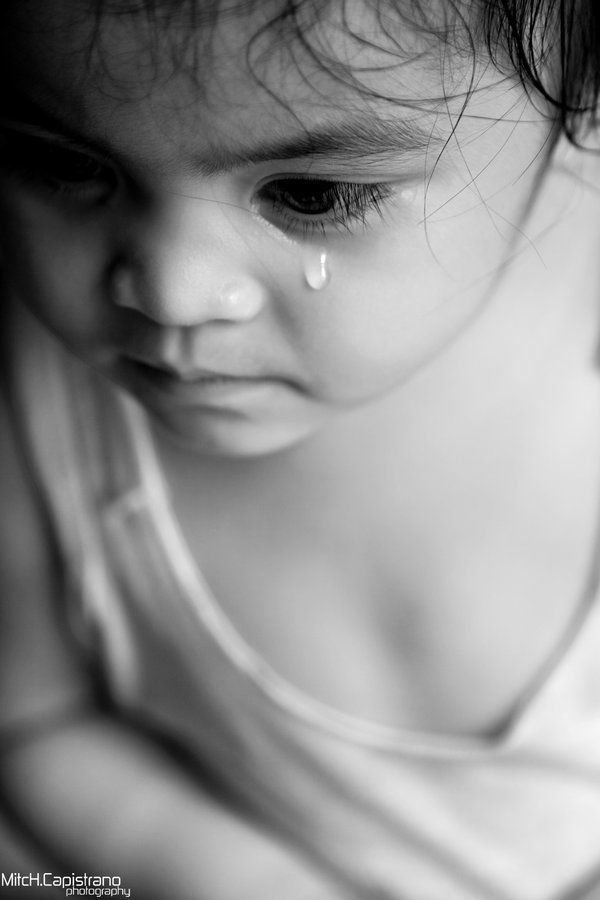 Biol Psychiatry 2003 Dec 15; 54(12):1367–75.
Biol Psychiatry 2003 Dec 15; 54(12):1367–75.
Swain, J.E., Lorberbaum, J.P. Kose, S., Strathearn L. Brain basis of early parent- infant interactions. J Child Psychol Psychiatry 2007 Mar–Apr; 48(3–4):262–87.
Swain, J.E., Tasqin, E., Mayes, L.C. et al. Maternal brain responses to own baby cry is affected by cesarean section delivery. J Child Psychol Psychiatry 2008 Oct; 49(10):1042–52.
Teresa Pitman has been a La Leche League Leader for 40 years. She is one of the co-authors of the LLLI books The Womanly Art of Breastfeeding and Sweet Sleep and is the author of 16 other books with a 17th book coming out in January 2019 (on starting solids!). She is the mother of four grown children and the grandmother of ten.
Newborns cry without tears until they are a few weeks old
Although they are known to cry quite often, newborn babies are not capable of producing actual tears. This is because their tear ducts are not fully developed even after birth. Therefore, they only have basal tears, a liquid sufficient to keep their eyes moist and healthy. This period of "crocodile tears" lasts from three to 12 weeks after birth, when the baby's tear ducts are finally formed.
Therefore, they only have basal tears, a liquid sufficient to keep their eyes moist and healthy. This period of "crocodile tears" lasts from three to 12 weeks after birth, when the baby's tear ducts are finally formed.
In addition to lacking developed lacrimal glands, newborns also lack active salivary glands. But this is not scary, because children eat liquid food until they have teeth. Sometimes in the first three months of their life, these glands begin to work, but the child does not yet know how to swallow saliva. This is the reason why babies drool.
Children raised by animals
Who among us is not familiar with Rudyard Kipling's touching story about Mowgli the Frog, a boy who grew up in the jungle? Even if you have not read The Jungle Book, you have probably watched cartoons based on it. Alas, the real stories of children raised by animals are not as romantic and fabulous as the works of the English writer and do not always end with a happy ending. To your attention are modern human cubs, who among their friends had neither the wise Kaa, nor the good-natured Baloo, nor the brave Akela, but their adventures will not leave you indifferent, because the prose… Read more…
The most influential children and teenagers of 2014
Wonderzine magazine published a curious list of people, none of whom are even twenty years old. Nevertheless, each of them can be called a real "event" of 2014: each of these teenagers is an icon of youth culture, declaring their right to change this world. Looking at the generation of children whose voices began to sound louder in 2014, one really hopes that they are really capable of making this world a better place. They, just like adults, are struggling with gender prejudices,… Read more…
Nevertheless, each of them can be called a real "event" of 2014: each of these teenagers is an icon of youth culture, declaring their right to change this world. Looking at the generation of children whose voices began to sound louder in 2014, one really hopes that they are really capable of making this world a better place. They, just like adults, are struggling with gender prejudices,… Read more…
Two girls who never grew up
Two girls seem to have decided to challenge the most inevitable thing in life: aging. Journalists have long been following girls with a strange illness, the cause of which no one can explain, and about one scientist who believes that these children may provide the key to immortality. Richard Walker tried to beat aging as a 26 year old hippie. It was back in the 1960s, he was young, but he always understood that old age would eventually take away his vitality, ... Read more ...
21 principles of parenting through the eyes of a child
Psychologies has published an interesting and useful list of succinct rules that parents should remember often.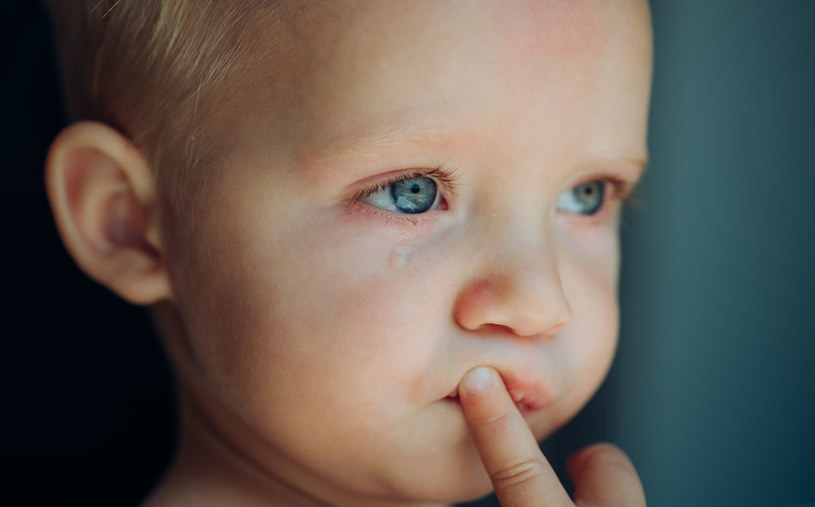 Five-year-old Sasha, the son of Psychologies reader Olga Zhuravskaya, attends a preparatory class at an American school. A month after the start of classes, Olga received a memo from the teacher, written on behalf of the child. She was surprised, translated and sent to us. We think that the main principles of education are formulated here, albeit in such an unexpected way. Do you have anything to add? 1. Don't spoil… Read more…
Five-year-old Sasha, the son of Psychologies reader Olga Zhuravskaya, attends a preparatory class at an American school. A month after the start of classes, Olga received a memo from the teacher, written on behalf of the child. She was surprised, translated and sent to us. We think that the main principles of education are formulated here, albeit in such an unexpected way. Do you have anything to add? 1. Don't spoil… Read more…
How could these 12 childhood events have affected you
Childhood affects us more than it seems. Hundreds of studies talk about this. The origins of how we behave in adulthood most often lie precisely in our childhood. If you are obese today, or have become a very secretive person as an adult, then looking back, you can find out when it started. 1. If your parents did not allow you to make independent decisions, then as an adult, you will become a person who is pathologically dependent on a partner. If your wonderful parents ... Read more .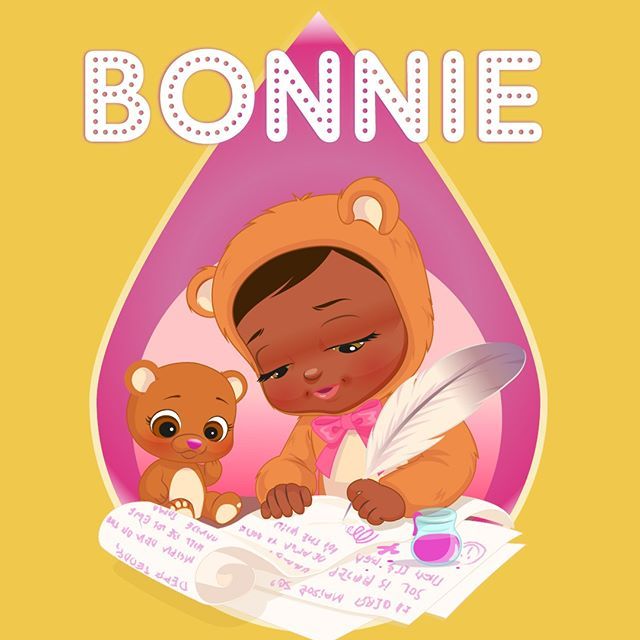 ..
..
Nigel Latta's 10 Keys to Parenting
New Zealand psychologist Nigel Latta is a magician and wizard of modern child psychology. Latta worked with problem children and adolescents for more than ten years, until he realized that the most valuable knowledge and experience he had accumulated was required not only by parents of "difficult" children. Everyone needs this knowledge, including those who have just begun to seriously think about parenthood. And then Latta wrote his bestseller Before Your Child Drives You Crazy. We publish ten rules for parenting… Read more…
10 incredible things that children were allowed to do
It is often said that being a parent is the hardest job in the world, and most parents do their best to make the right decisions that contribute to the happiness and well-being of their children. However, sometimes the actions of parents are very ambiguous. They can range from controversial but ultimately safe to completely obscure and sometimes criminal.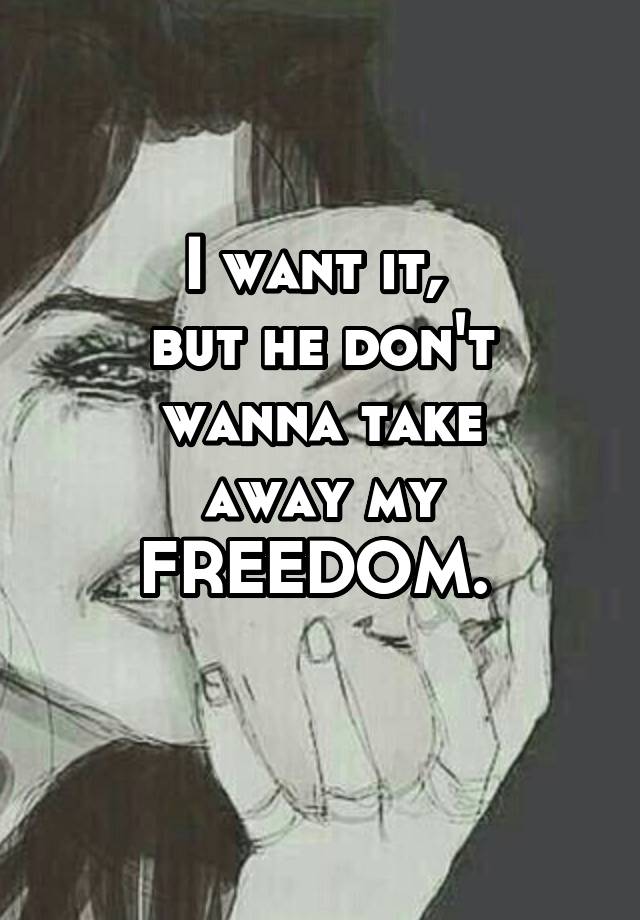 1. Performing a surgical operation The management of the Indian Medical Association was stunned when they were contacted by representatives of one of the local branches… Read more…
1. Performing a surgical operation The management of the Indian Medical Association was stunned when they were contacted by representatives of one of the local branches… Read more…
Are our children making us unhappy?
“Whoever has no children has one grief, and whoever has them has a thousand troubles,” says Tatar folk wisdom. “I can’t get rid of the incomprehensible inner anxiety for the children. I care about their school success and health. It’s scary both for where they spend their evenings and for how their future will turn out without my support. These fears “eat” me from the inside,” a certain Helena describes her problem. She is not alone in her trouble: according to statistics, 40% of parents suffer from social… Read more…
Five school truths that should have been taught a long time ago
Let's start with questions, this is important. How many feelings does a person have? Which of the following interacts with a magnet: a tomato, a person, paper clips? What primary colors do you know? What part of the tongue is responsible for the bitter taste? What states of matter do you know? This is how they usually answer: five senses; paperclips; red, yellow, blue; the back of the tongue; solid, liquid and gaseous. Sit down, five: you would get such a mark in any school. But they would be wrong, because our education system, ... Read more ...
Sit down, five: you would get such a mark in any school. But they would be wrong, because our education system, ... Read more ...
Eight year old millionaire YouTube star
Meet Evan, a cute 8 year old with the best job in the world. He earns hundreds of thousands of dollars, and he does what all children do - plays with toys. He is the face of EvanTubeHD and runs a family channel on YouTube, which reviews new toys and video games. Evan's videos regularly get over a million views and the channel earns $1.3 million a year. This is one of those success stories, after which people ask themselves the question: “Why didn’t I think of ... Read more ...
Parents also cry: why it is good for children to see our tears
For parents
Last year, the story of Australian blogger Constance Hall was actively discussed on the Internet. Here is what she wrote on her blog: “Over the weekend, my children and I watched one very sad documentary. My daughter and I could not help crying, and my son, noticing this, hugged us and patted us on the back, trying to somehow help. I realized that my children are completely normal in responding to manifestations of natural human emotions. They are not traumatized by the sight of a crying mother, they are ready to support her, realizing that all this is part of life.
I realized that my children are completely normal in responding to manifestations of natural human emotions. They are not traumatized by the sight of a crying mother, they are ready to support her, realizing that all this is part of life.
The child realizes that he is safe, despite the fact that parents can also sometimes show weakness, and this is very important for him. And if we are not able to support each other in difficult times, what is the use of us at all? Several experts agreed to tell us why it's good for children to see their parents cry and give us some tips on how best to behave in such situations.
Show children that emotions are normal
“If a child sees parents or other close adults crying in certain situations, it shows him that expressing his feelings is normal and natural,” says psychologist Tammy Lewis Wilborn.
To raise a child with high emotional intelligence, it is important to teach him that it is okay to show his feelings. If the tears of parents are caused by some situation that affects children (for example, the death of a grandfather or grandmother), then by giving them the opportunity to see their grief, parents help children understand that now is hard for everyone, not just them.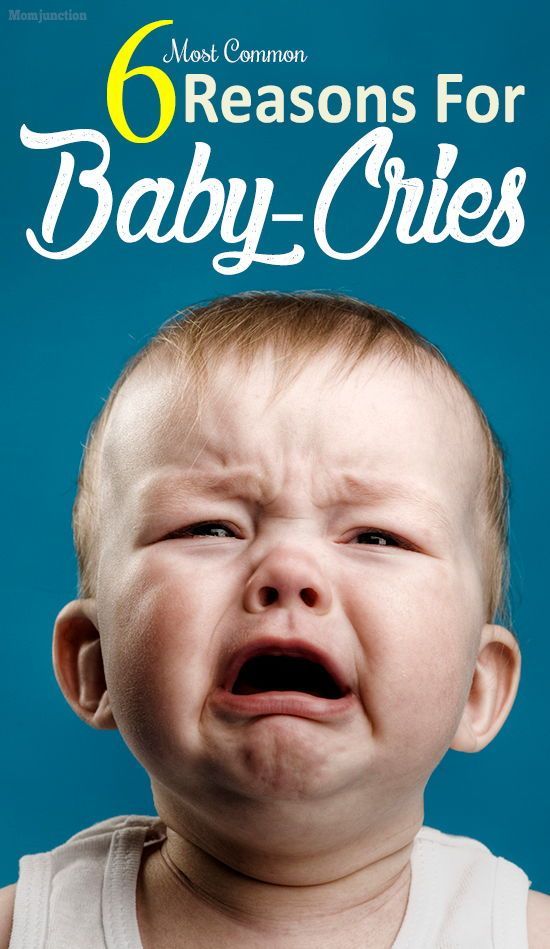
“Because children have little life experience yet, some thoughts or feelings often cause them anxiety: “Is this normal? Maybe something is wrong with me? Why am I so sad? Why do I feel (something) because of (something)?” Wilborn explains. By experiencing grief with their parents, children learn that their grief is completely normal and learn to cope with difficult experiences by developing psychological resilience.
In addition, when children see their parents crying, it helps them realize that mom and dad are people like everyone else, and that adults can be sad too, and that's okay.
Explain to them that you will be all right.
“Children can be frightened and not understand what is happening when they see that their parents are very upset. Therefore, it is important to explain to them (taking into account their age) that you experienced an emotional moment, but everything is fine with you, and everything will be fine in the future, ”advises child psychologist Gillian Roberts.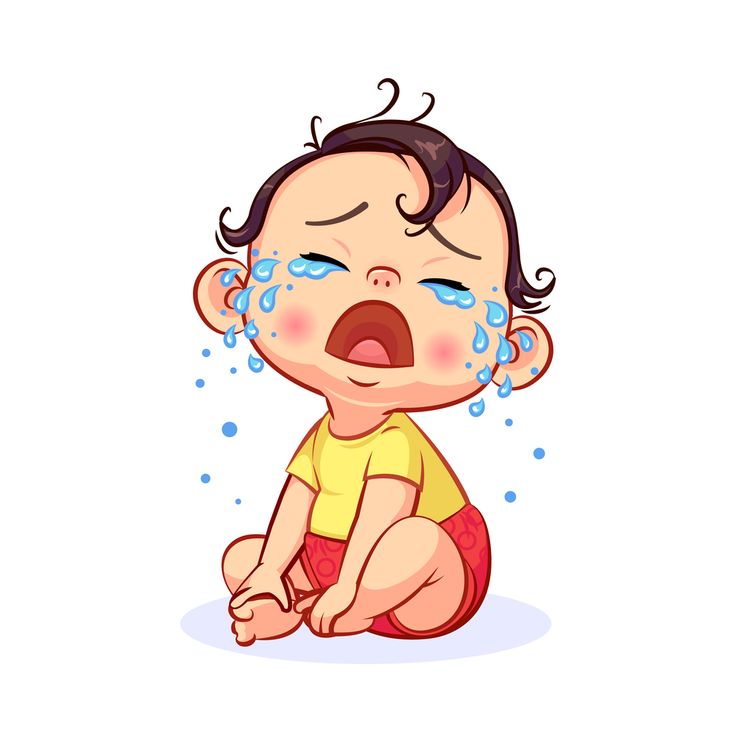
The task of parents is to explain the situation to their children, to let them know that they have nothing to fear and that unpleasant experiences can be freely discussed.
“By telling children about our own experiences and how we learned to control them, we both teach them an important life skill and show them that they too can talk about their experiences, which is very helpful. These conversations strengthen the bond between parent and child,” explains Gillian Roberts.
It is important that the parents, after explaining the reason for their tears and assuring that everything will be fine, then directly ask how he feels.
“Ask the child: “When you see mom (or dad) crying, how do you feel? This will give him an additional opportunity to talk about his experiences, ”advises Tammy Wilborn.
Consider the child's age
When explaining to the baby the reason for your tears, consider his age and level of development, do not overload him with unnecessary information that can frighten him and deprive him of a sense of stability and security.
“Sometimes a situation that has caused tears in an adult is such that it is impossible to explain it to a child simply because of age – either it is too difficult or too difficult. But it is important to explain the context at least in general terms in order to let the baby know that he is not to blame for anything, ”says Tammy Wilborn.
“Often parents don't want to discuss some topics with their children with the best of intentions - they don't want to show them the dark and terrible sides of life. The problem is that children fill in those gaps with their imagination. As a result, children lack the information to understand what they see, they are frightened and experience the very stress that the elders tried to save them from, ”explains Wilborn.
Yes, it is not necessary to say to a child: “They will soon take away our house for debts,” but you can, for example, say: “I know you often see dad crying. Now it’s just a difficult period, but then everything will definitely be fine.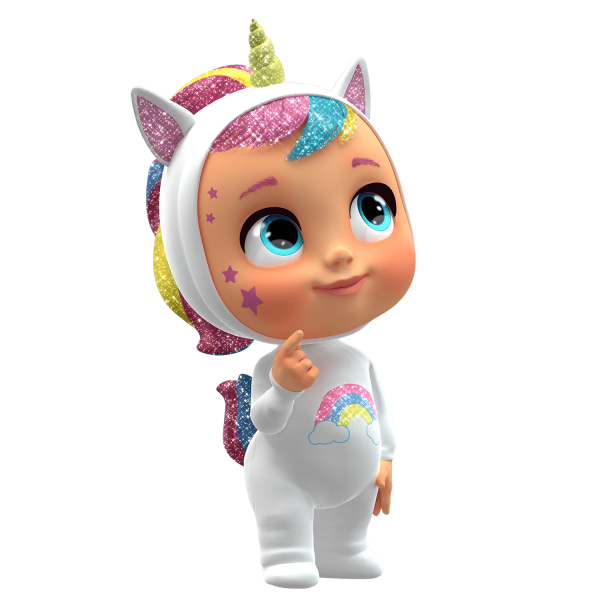 ”
”
Discussing feelings is useful not only with girls, but also with boys
“No one needs to ask permission to experience emotions and be respectful of their own feelings,” says Gillian Roberts. According to her, in many families and cultures, it is accepted that the manifestation of emotions is something shameful. Boys and young men are especially affected by these negative messages.
“We do great harm to boys by suggesting to them that the only emotion they are allowed to experience and express is anger. It is important for parents of boys to pay attention to the emotional experiences of their children at all times and explain to them that they have every right to experience any feelings, ”says Roberts.
Try not to cry too often in front of children
Yes, it is sometimes good for children to see their parents cry, but it is undesirable for this to happen too often. If babies constantly watch adults cry, they may think that something very serious is going on.
“Seeing parental tears, a child may feel guilty because he wants to help, but because of his age he does not know how to do it. He may feel helpless, thinking, “What should I do? How to stop it? In addition, he is scared: “What does all this mean? What will happen to my mom (or dad)? What will happen to me?
Don't show too much emotion
Should you allow yourself to cry in front of a child? Gillian Roberts believes that what is more important is not how often this happens, but how intense your emotions are that a child has to observe. “If you have tears in your eyes every day when you see an ad with a sad storyline, there is nothing to worry about. Seeing this, your child understands that you are sincerely showing your emotions, while perfectly controlling yourself.
But if you're shaking with uncontrollable sobs or other signs of extreme emotional distress, it's best to apologize and leave the room. The sight of a parent losing control of himself can be very scary for a child.
